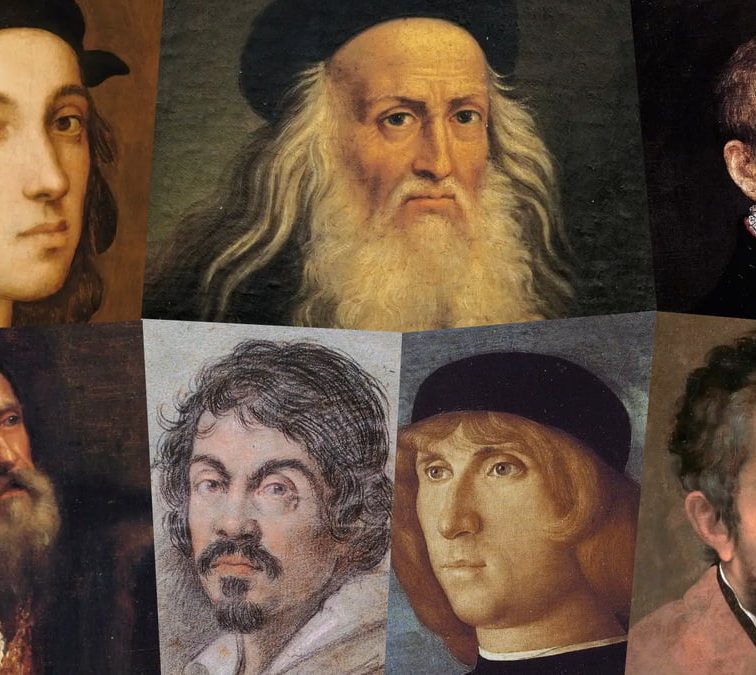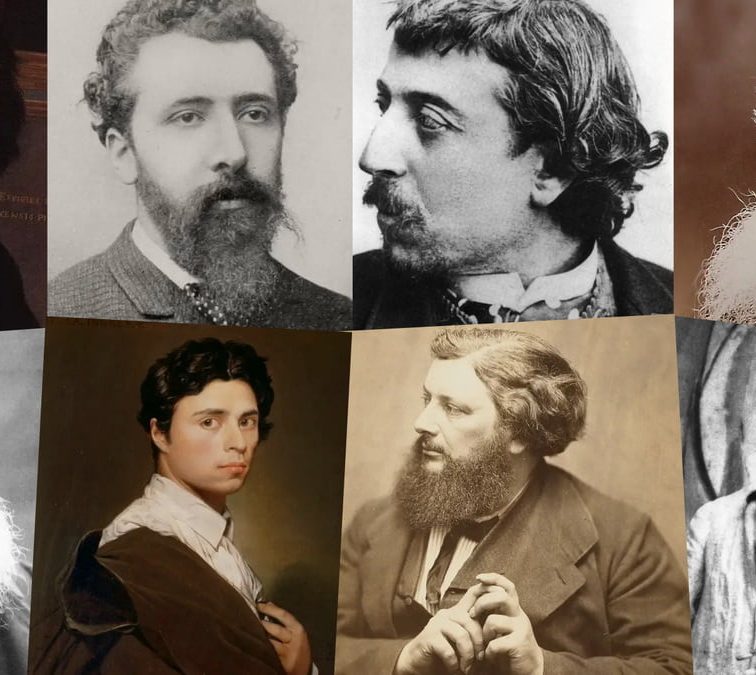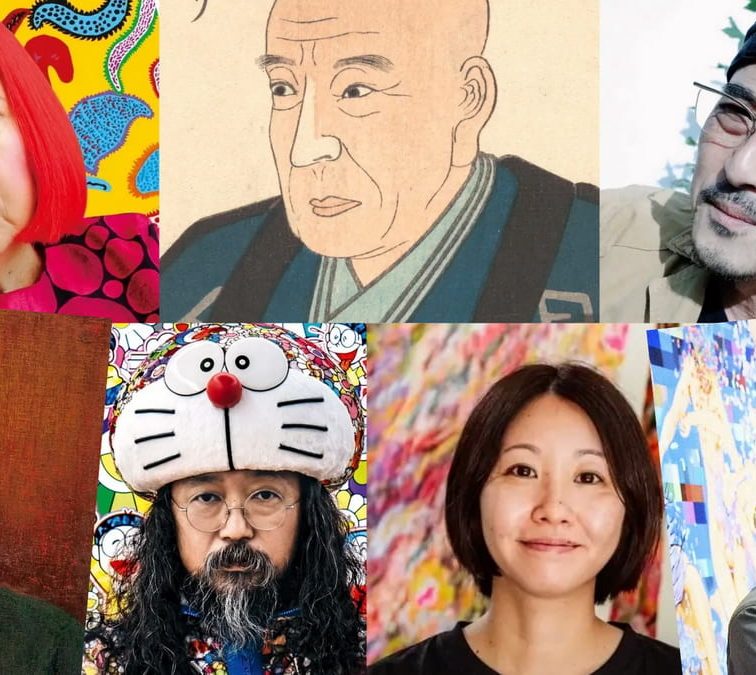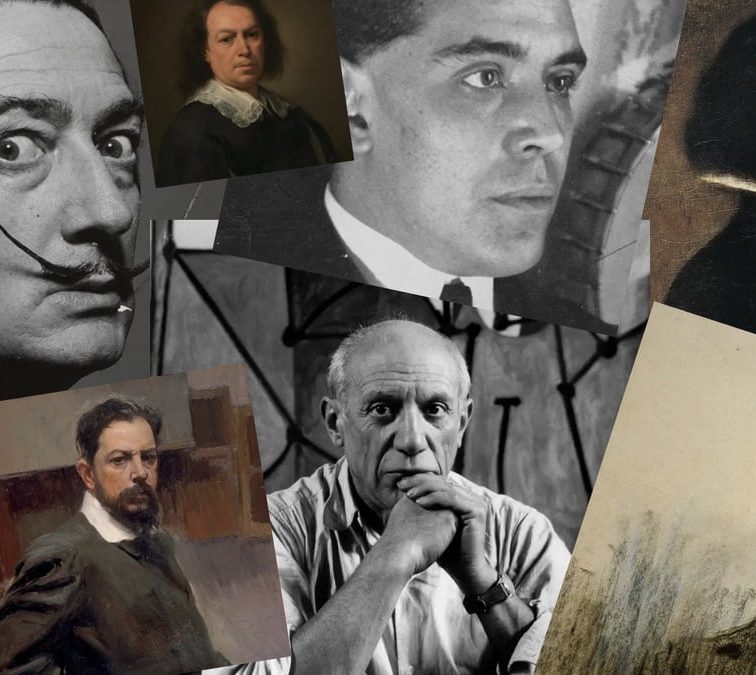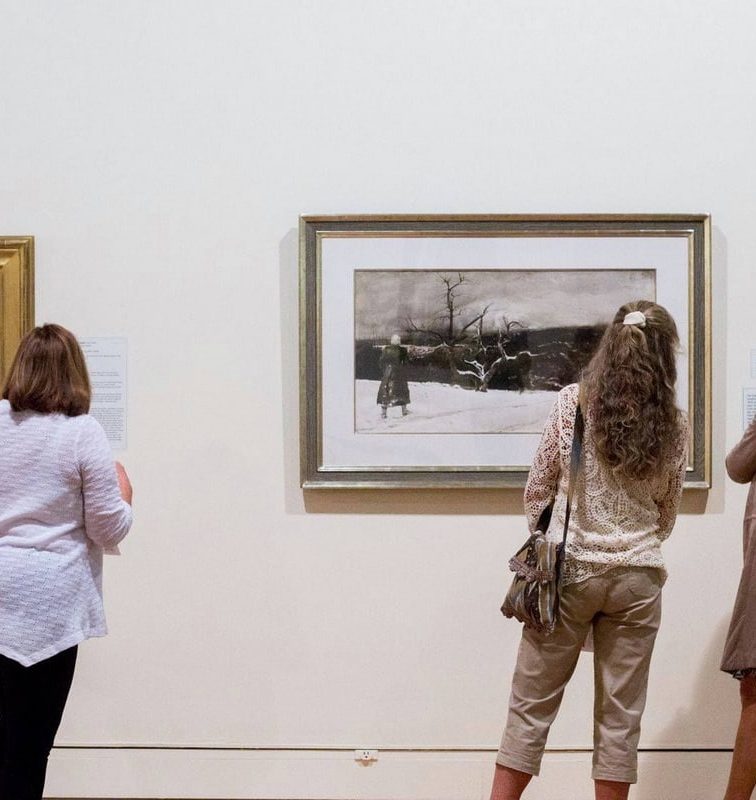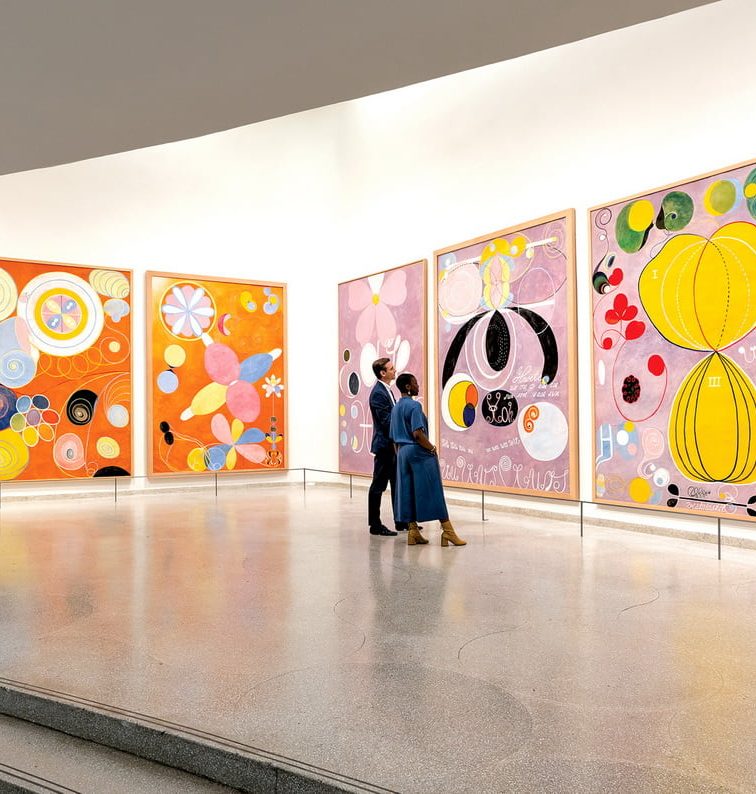Dive into the vibrant and diverse world of Mexican art, a realm where each stroke on canvas tells a story steeped in history, emotion, and cultural identity.
From Diego Rivera’s grand murals that narrate Mexico’s tumultuous past to Frida Kahlo’s haunting self-portraits echoing her pain and passion, Mexican artists have always pushed the boundaries of imagination. They blend indigenous roots with modern influences, creating a unique visual language.
Be it the surreal escapades of Remedios Varo or Rufino Tamayo’s blend of tradition with modernity, these painters offer more than just art; they present a vivid tapestry of life itself. Explore the legacies and hidden tales behind the most famous Mexican artists.
1. Diego Rivera: A Titan of Muralism and Social Commentary

Born on December 8, 1886, in Guanajuato, Mexico, Diego Rivera showed remarkable artistic talent from an early age. His early education at the Academy of San Carlos in Mexico City, coupled with a scholarship that took him to Europe, shaped his initial artistic vision. Rivera’s time in Europe, especially in Paris, was transformative. His interactions with modern painters like Pablo Picasso and Georges Braque influenced his early works, leading him to experiment with styles like Cubism before shifting towards Post-Impressionism, inspired by Paul Cézanne’s techniques.
Return to Mexico and Muralism
The real transformation in Rivera’s art came with his return to Mexico in 1921, following the Mexican Revolution. Rivera, along with painters like David Alfaro Siqueiros, was instrumental in creating a new national art. His murals, beginning with “Creation” at the National Preparatory School and the extensive works at the Ministry of Public Education, were not just art but a form of social commentary, depicting the lives of the Mexican people and their struggles. Rivera’s murals became symbols of the Mexican identity, blending indigenous themes with the realities of contemporary Mexico.
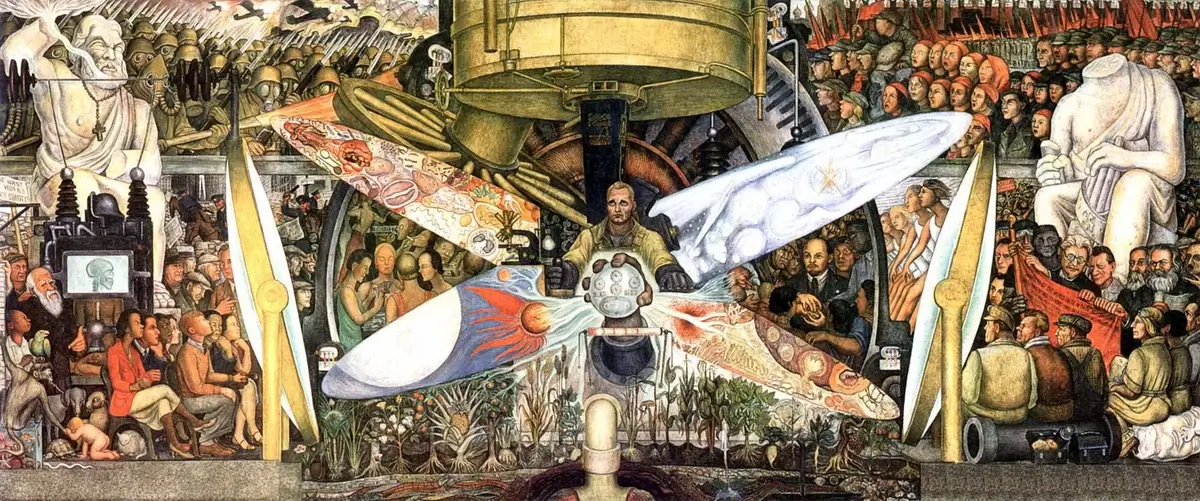
Diego Rivera’s “Man, Controller of the Universe” mural. Image: mxcity.mx
Political Themes and Notable Works
Rivera’s political beliefs, particularly his commitment to Communism, prominently influenced his works. His mural “Man, Controller of the Universe” is a prime example, which was a recreation of the controversial “Man at the Crossroads” for the Rockefeller Center. This mural, laden with political symbolism, depicted contrasting ideologies like Communism and capitalism. Other significant works include the “Detroit Industry Fresco Cycle,” which highlighted the industrial might of America, and “Dream of a Sunday Afternoon in Alameda Park,” where Rivera artistically wove together historical figures and events.
Diego Rivera’s legacy is not just in his murals but in the powerful socio-political messages they carried, making him a true titan of muralism and social commentary.
2. Frida Kahlo: Unflinching Self-Portraits and Symbolism

Frida Kahlo, born on July 6, 1907, in Coyoacán, Mexico, was an artist who turned her pain and passion into enduring works of art. Best known for her striking self-portraits, Kahlo’s art was a vivid tapestry of her identity, her suffering, and her profound insights into life and death. Despite denying her association with Surrealism, her work often delved into dreamlike imagery that captured both her physical and emotional pain.
Art Born from Tragedy
A tragic bus accident in 1925 left Kahlo to endure a lifetime of physical pain, a theme prominently reflected in her paintings. During her slow recovery, she began painting, a process that became both a refuge and a form of expression. Her paintings, like “Henry Ford Hospital” (1932) and “My Birth” (1932), are intense visual explorations of her personal tragedies, including her miscarriage and her mother’s death. These works are reminiscent of religious ex-voto paintings but subverted to center Kahlo’s personal experiences. In “Henry Ford Hospital,” the painting depicts Kahlo on a bed, surrounded by symbolic objects connected to her by vein-like ribbons, representing her physical and emotional pain.
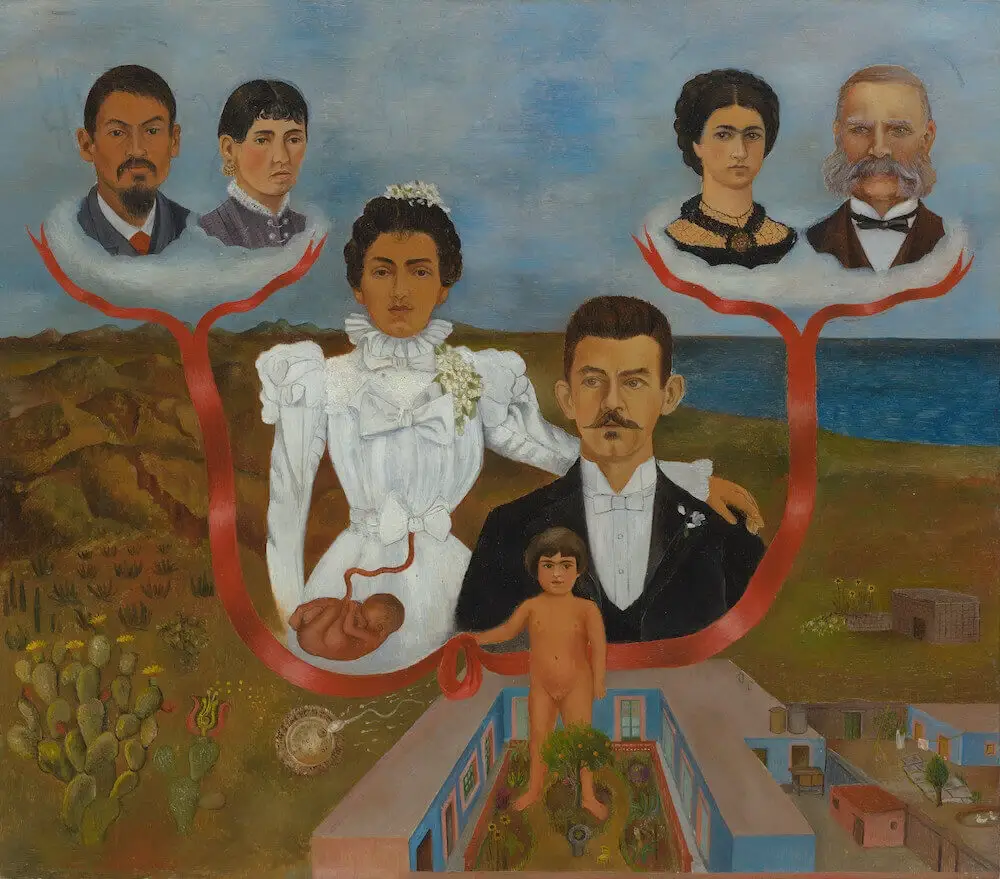
Frida Kahlo My Grandparents, My Parents, and I (Family Tree), 1936. Image: fridakahlo.org
Symbolism and Legacy
Kahlo’s paintings often featured symbolic representations, weaving in aspects of her Mexican heritage and personal experiences. Her work “My Grandparents, My Parents, and I (Family Tree)” (1936) is a surreal representation of her lineage, combining elements of her German Jewish and Mexican ancestry. This painting was particularly poignant during a time of rising racial intolerance, challenging the ideologies of purity and segregation. Kahlo’s incorporation of traditional Mexican retablos and her choice of unconventional materials, like painting on zinc, highlighted her deep connection to her cultural roots.
Frida Kahlo’s legacy transcends her artwork; she symbolized resilience, creativity, and the ability to turn suffering into something profoundly beautiful. Her life and works continue to inspire and resonate with people across the globe.
3. David Alfaro Siqueiros: Dynamic Revolutionary Murals
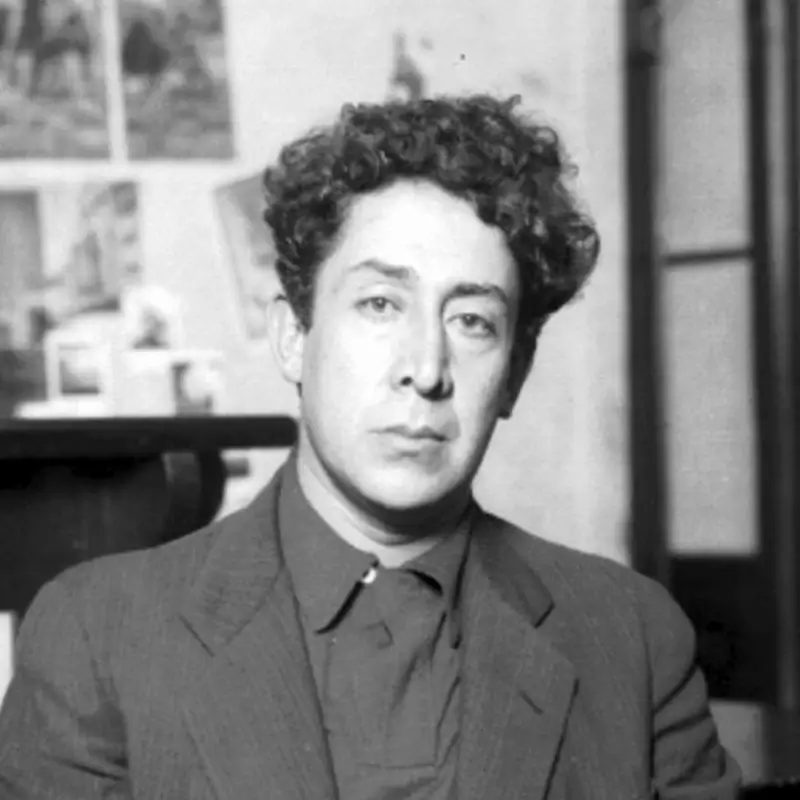
David Alfaro Siqueiros, born on December 29, 1896, in Chihuahua, Mexico, was not just a muralist but a fervent political activist. His Marxist ideology deeply influenced his art, making him one of the key figures in the modern school of Mexican mural painting, alongside Diego Rivera and José Clemente Orozco. Siqueiros’ early involvement in political activities, including fighting in the Mexican Revolution, shaped his perspective and approach to art.
Murals as a Form of Social and Political Expression
Siqueiros’ murals are renowned for their dynamic, dramatic portrayal of social and political themes. His technique often involved creating a sense of movement and energy, using bold colors and striking imagery. One of his notable works, “New Democracy” (1945), located in the Palace of Fine Arts in Mexico City, celebrates the victory over fascism with a depiction of a woman breaking free from chains. This mural exemplifies Siqueiros’ style of creating art with clear, understandable symbolism, accessible to a broad audience.
His work “Cuauhtemoc’s Torment” (1951), also at the Palace of Fine Arts, showcases the torture of the last Aztec Emperor, Cuauhtemoc, by the Spaniards. This mural reflects Siqueiros’ view of Mexican history, where good and evil are starkly contrasted. Another significant work is “For Complete Social Security of All Mexicans” (1952-54), painted in a hospital, which uses a unique paraboloid surface, creating an overwhelming visual experience, demonstrating his innovative approach to perspective and viewer engagement.
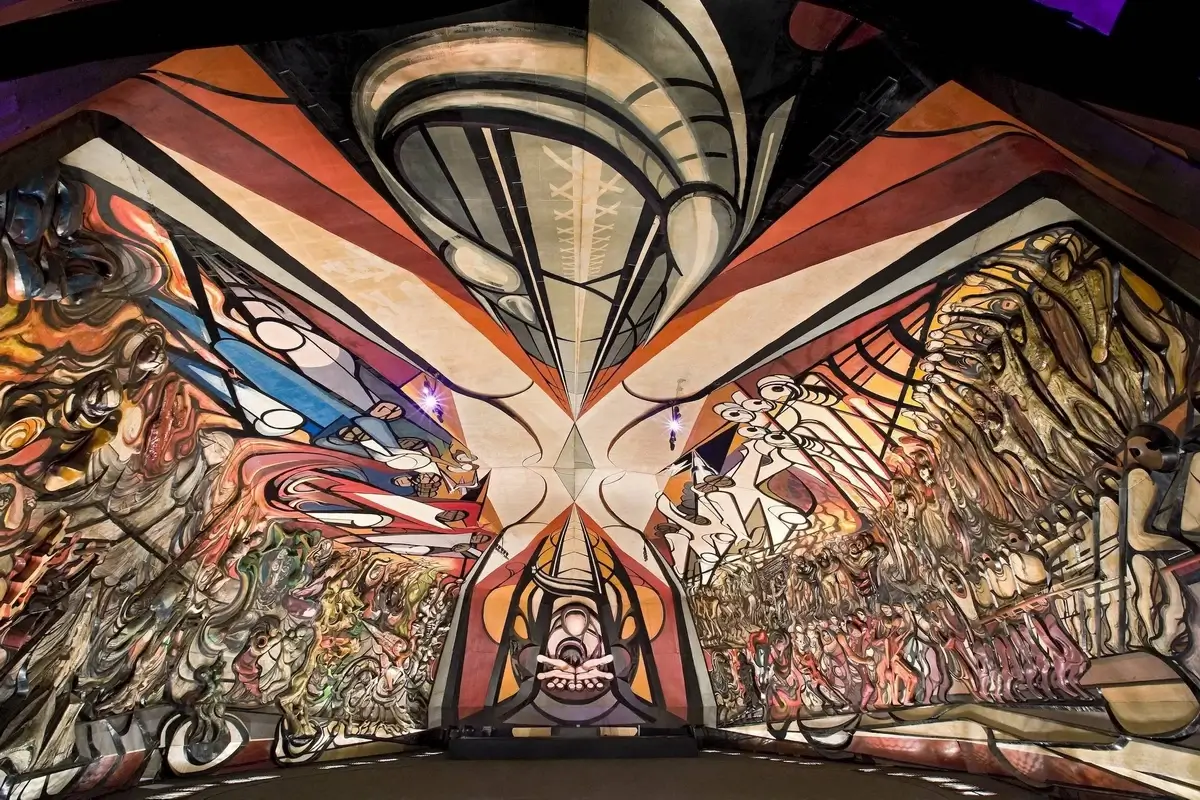
David Alfaro Siqueiros, “The March of Humanity” mural, (1965-71). Image: reddit.com
Legacy and Influence
David Alfaro Siqueiros’ work extended beyond Mexico. His influence reached various parts of Latin America and even the United States. His murals were not just art; they were a form of education and a tool for social change. His largest project, “The March of Humanity” (1965-71), encapsulates his vision of a march towards freedom, justice, and peace, and remains one of the most ambitious mural projects in the world.
4. José Clemente Orozco: Master of Mexican Mural Renaissance
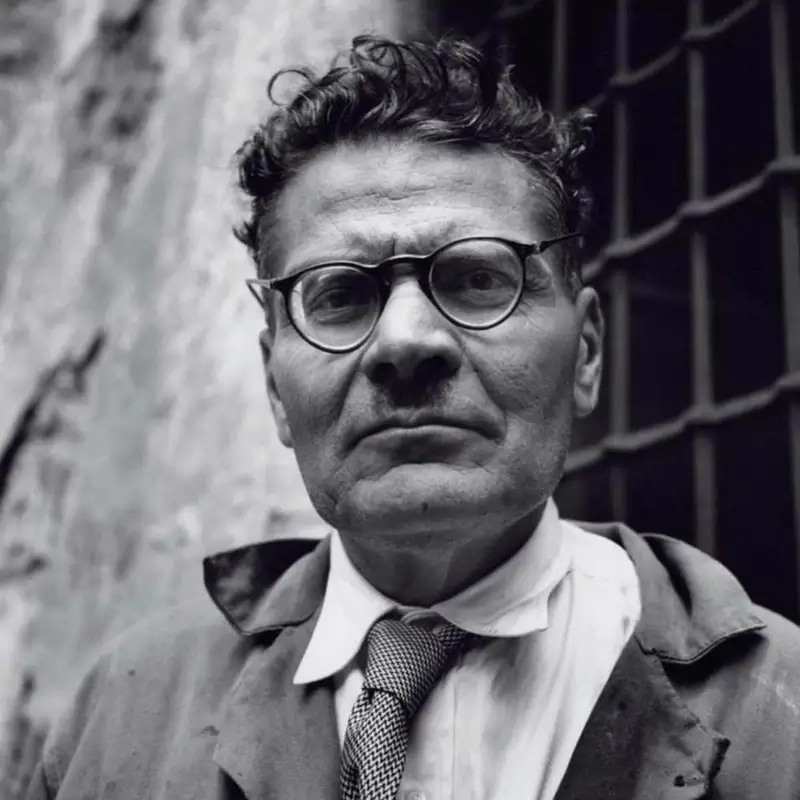
José Clemente Orozco, born on November 23, 1883, in Ciudad Guzmán, Mexico, was a central figure in the Mexican Mural Renaissance. Orozco’s life was marked by a profound interest in art, ignited during his childhood in Mexico City where he was captivated by the vivid works of printmaker José Guadalupe Posada. Despite an early diversion into agronomy and architecture, a tragic accident at 17, which resulted in the loss of his left hand, led him back to his true passion for painting.
Distinctive Approach to Murals
Orozco’s murals stood out for their expressive intensity and thematic depth. Unlike his contemporaries, Rivera and Siqueiros, Orozco adopted an anarchist perspective, critical of military, institutional, and clerical establishments. His murals often depicted scenes of human struggle, societal turmoil, and the chaos of the Mexican Revolution, as seen in works like “The Trench,” where the dramatic depiction of soldiers encapsulates the violence and futility of war.
Influential Works and Themes
One of Orozco’s significant works, “Prometheus” (1930), created at Pomona College, displayed a monumental interpretation of the Greek Titan. This mural marked a departure from traditional themes, focusing instead on universal concepts of self-sacrifice and enlightenment. Another notable work, “The Epic of American Civilization” (1932-34), a mural cycle at Dartmouth College, presents a comprehensive narrative of American history, from pre-Hispanic times through the industrial era. This work reflects Orozco’s stylistic evolution, utilizing intense color contrasts and dynamic compositions to convey complex historical and cultural narratives.
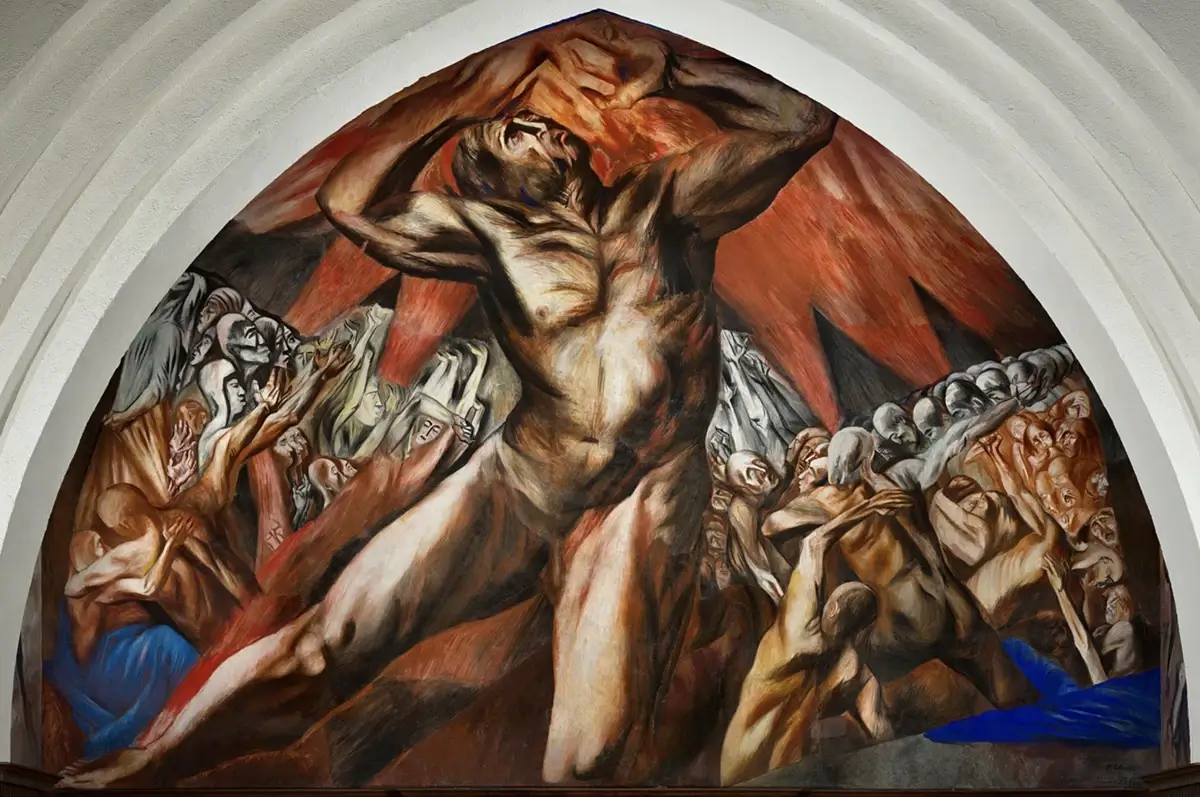
José Clemente Orozco, “Prometheus” mural, 1930. Image: Wikimedia Commons
Legacy and Impact
Orozco’s murals, characterized by their bold use of color, dramatic imagery, and social and political commentary, left a lasting impact on Mexican and global art. His style, blending realism with symbolism, continues to inspire artists and provoke thought about the human condition. Orozco’s work represents a crucial chapter in the story of Mexican muralism, showcasing his unique vision and unwavering commitment to portraying the realities of life and society.
5. Rufino Tamayo: Bridging Tradition with Modernity

Rufino Tamayo, born on August 26, 1899, in Oaxaca, Mexico, stands out in the history of Mexican art for his distinctive approach to painting. Unlike the more politically driven muralists of his time, Tamayo sought a different path, blending modern European art movements with Mexican folk themes. His dissatisfaction with the traditional art program at the School of Fine Arts in Mexico City led him to a path of independent study, where he developed a keen interest in pre-Columbian art and culture.
Embracing Modern Art and Mexican Heritage
Tamayo’s years in New York City, from 1926 to 1928 and later periods, were pivotal in shaping his artistic style. Influenced by European artists like Pablo Picasso, Georges Braque, and Henri Matisse, Tamayo incorporated elements of Cubism and Surrealism into his work. However, he never lost touch with his Mexican roots, often incorporating cultural motifs into his paintings. His work represents a harmonious blend of avant-garde styles and Mexican sensibilities, a synthesis that set him apart from his contemporaries.
Art as a Reflection of Societal Challenges
One of Tamayo’s notable works, “Niños Jugando con Fuego” (Children Playing with Fire, 1947), symbolizes the consequences of actions and choices, reflecting his concern for societal issues. This painting, alongside others like “Mujeres de Tehuantepec” (1939) and “Perro Aullando a la Luna” (1942), showcases his ability to convey deep messages through vibrant and expressive imagery. His art evolved over time, with his later works reflecting the global impact of events like World War II.
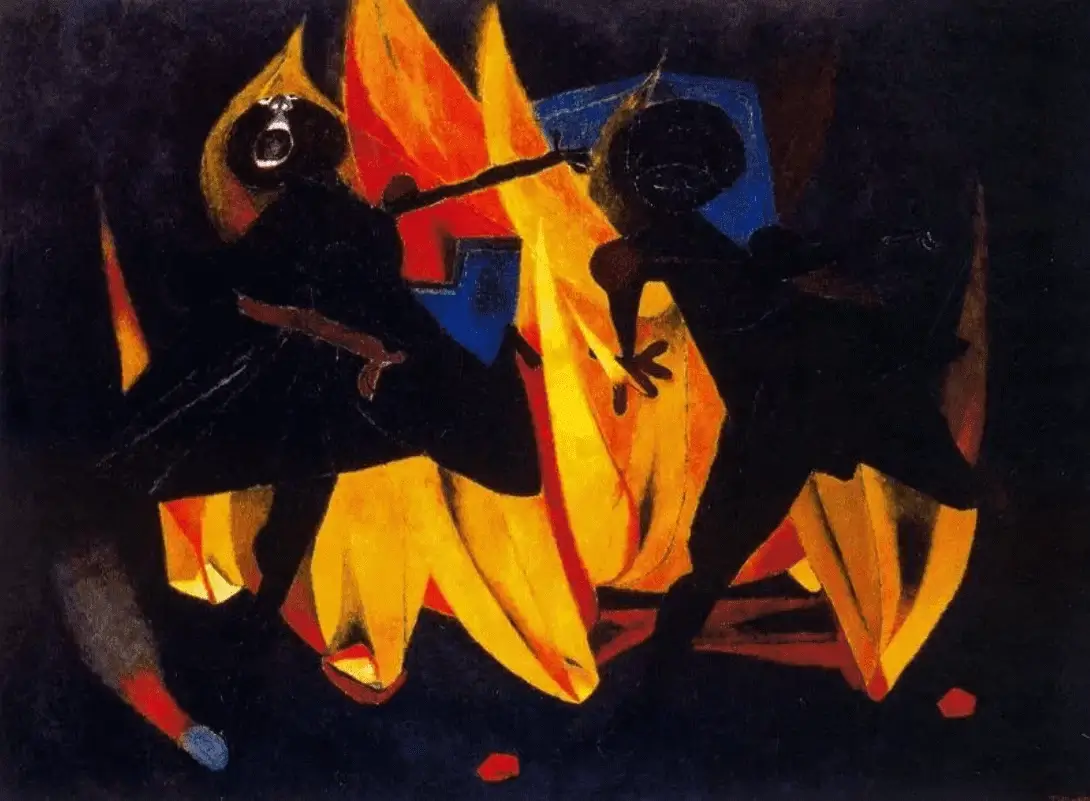
Rufino Tamayo, “Children Playing with Fire”, 1947. Image: cartelesnelcf.com
Innovations in Printmaking and Legacy
Tamayo’s contribution to art was not limited to painting. Along with Mexican printer Luis Remba, he developed Mixografia, a unique printing technique allowing for three-dimensional textures in prints. This innovation expanded the possibilities of graphic arts and demonstrated Tamayo’s commitment to artistic exploration and innovation.
Tamayo’s legacy in Mexican art is profound, marked by his unique style, fusion of cultural themes, and innovations in printmaking. His works continue to be celebrated for their vibrant colors, strong geometric forms, and deep symbolism, bridging traditional Mexican themes with modern artistic movements.
6. Remedios Varo: Surrealist Visions and Mysticism
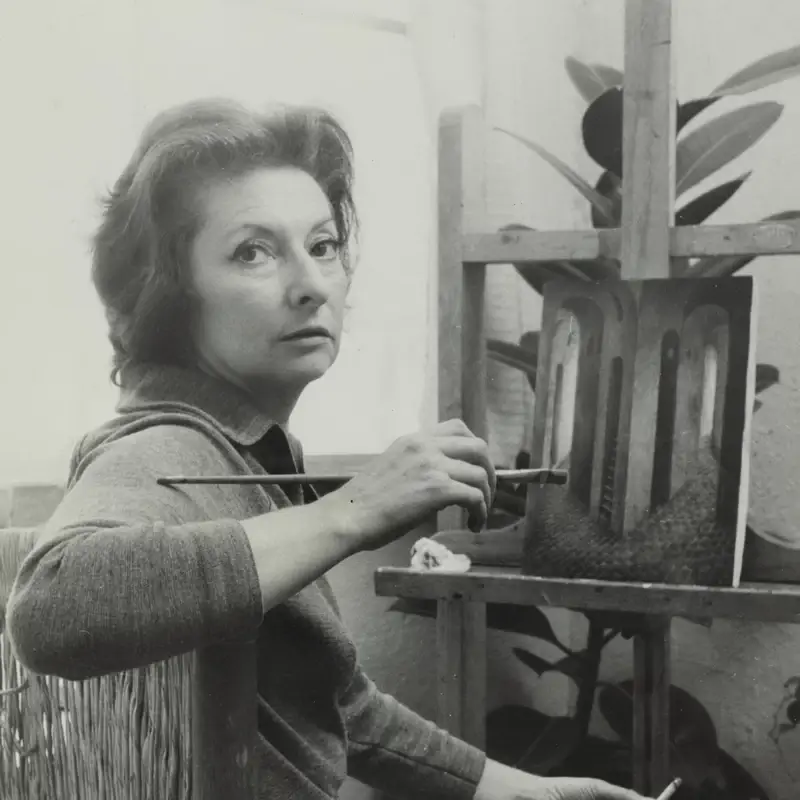
Remedios Varo, born on December 16, 1908, in Anglès, Girona, Spain, was a pivotal figure in the Surrealist movement in Mexico City. Her art is renowned for its blend of mysticism, science, and the exploration of the metaphysical. Raised in a well-educated family, her father, an engineer, greatly influenced her early development in technical drawing. Varo’s education at the Royal Academy of Fine Arts of San Fernando in Madrid further honed her skills, where she was exposed to traditional academic study and surrealistic influences.
Journey into Surrealism
Varo’s journey into surrealism began in Barcelona and Paris, where she joined the avant-garde artists’ group Logicophobista and engaged with the Surrealist circle, including poets and artists like Benjamin Péret and André Breton. Her time in Europe was marked by personal and political turmoil, leading her to flee to Mexico with Péret to escape the tumult of World War II.
Artistic Evolution in Mexico
In Mexico, Varo’s art took on new dimensions, reflecting her interest in the occult, alchemy, and the spiritual. Her works often feature androgynous beings engaged in magical or mystical activities, exploring themes of transformation and transcendence. The surreal landscapes and dreamlike scenarios in her paintings are laden with symbolic imagery, drawing viewers into a world of myth and mystery.
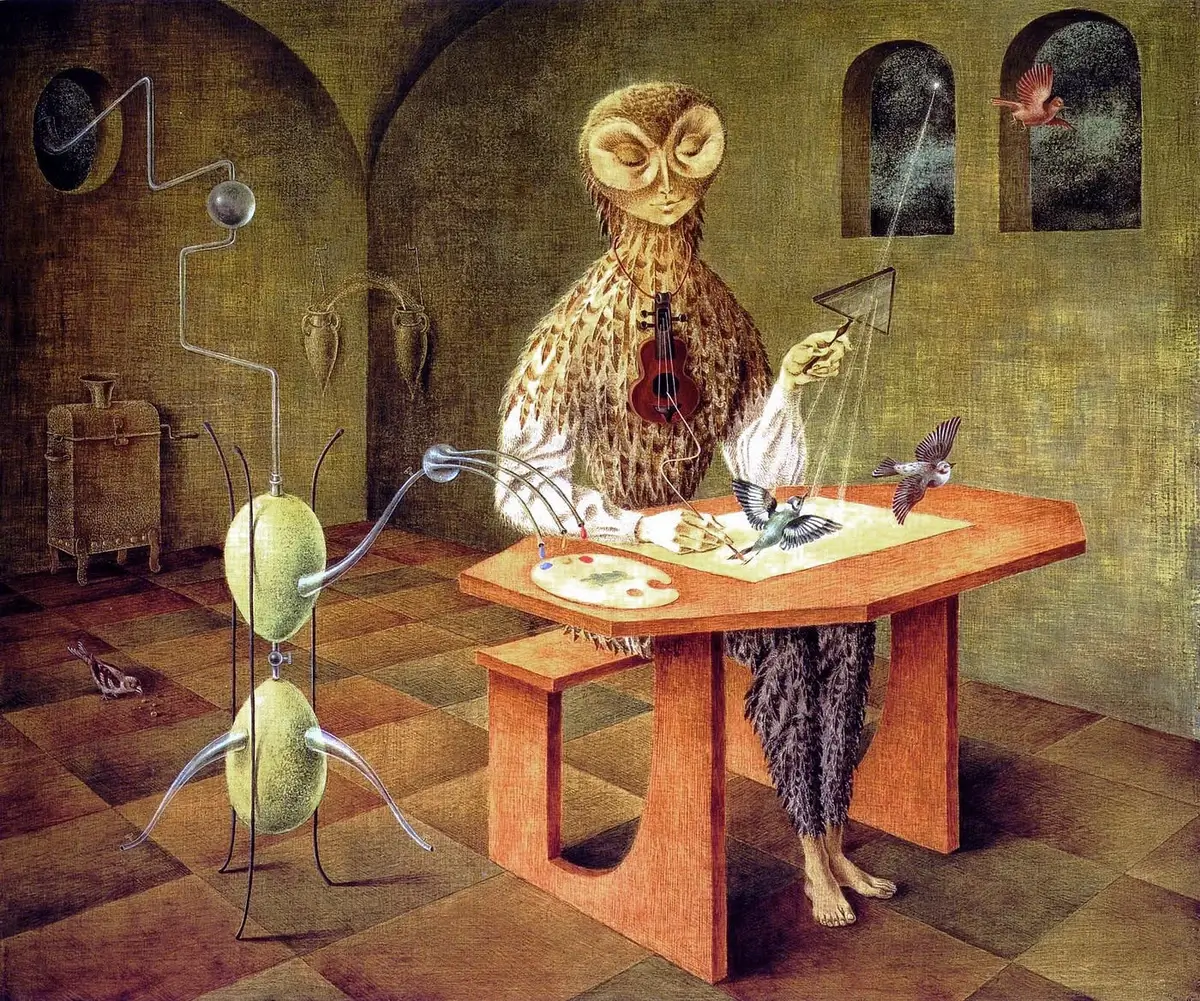
Remedios Varo, “Creation of the Birds”, 1957. Image: publicdomainr.net
Legacy of Transformation and Imagination
Varo’s work is a unique amalgamation of technical skill, surreal imagination, and profound depth. Her paintings, like “Solar Music” and “Creation of the Birds,” are testaments to her belief in the interconnectedness of nature, science, and art. She skillfully weaves narrative and symbolism to create otherworldly scenes that challenge conventional perceptions of reality. Varo’s legacy in Surrealism and her contribution to Mexican art are marked by her distinctive, imaginative style that continues to captivate and inspire.
7. Leonora Carrington: Surrealism and Feminine Symbolism
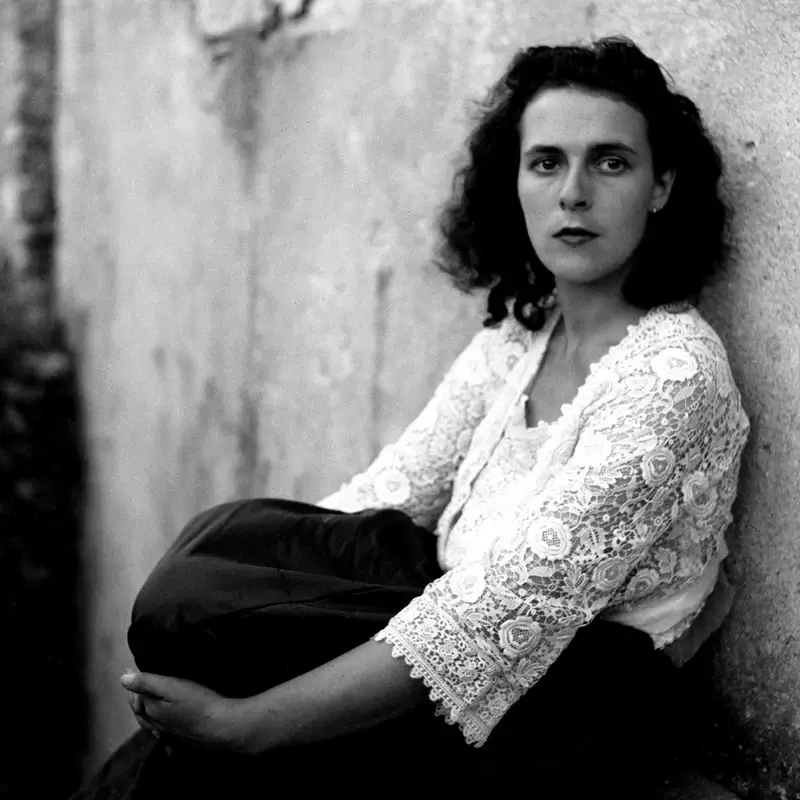
Leonora Carrington, born on April 6, 1917, in Clayton Green, Lancashire, England, was a significant figure in the Surrealist movement and is celebrated for her deeply personal and mystical art that incorporates feminist symbolism. Raised in a wealthy Roman Catholic family, Carrington was exposed to Celtic mythology and Irish folklore from an early age, which profoundly influenced her artistic imagery.
Breaking Conventions
Carrington’s journey into Surrealism began in London, where she encountered the movement and its prominent figures, including André Breton and Max Ernst, with whom she had a romantic relationship. Her early works, like “Self-Portrait: The Inn of the Dawn Horse” (1937–38), showcase her fascination with the mystical, featuring symbolic images like horses and hyenas that would become hallmarks of her work.
Artistic Evolution and Feminist Symbolism
Carrington’s art extended beyond Surrealist orthodoxy, as she strived to remain autonomous in her artistic expression. She never fully embraced common Surrealist motifs, instead focusing on themes of transformation, alchemy, and the occult. Carrington’s works often portrayed the role of women in the creative process, challenging the typical Surrealist portrayal of women as mere muses or femme enfant. Her paintings from the 1940s, in particular, focused on female sexuality, presenting it from her own experience rather than through the lens of the male gaze.
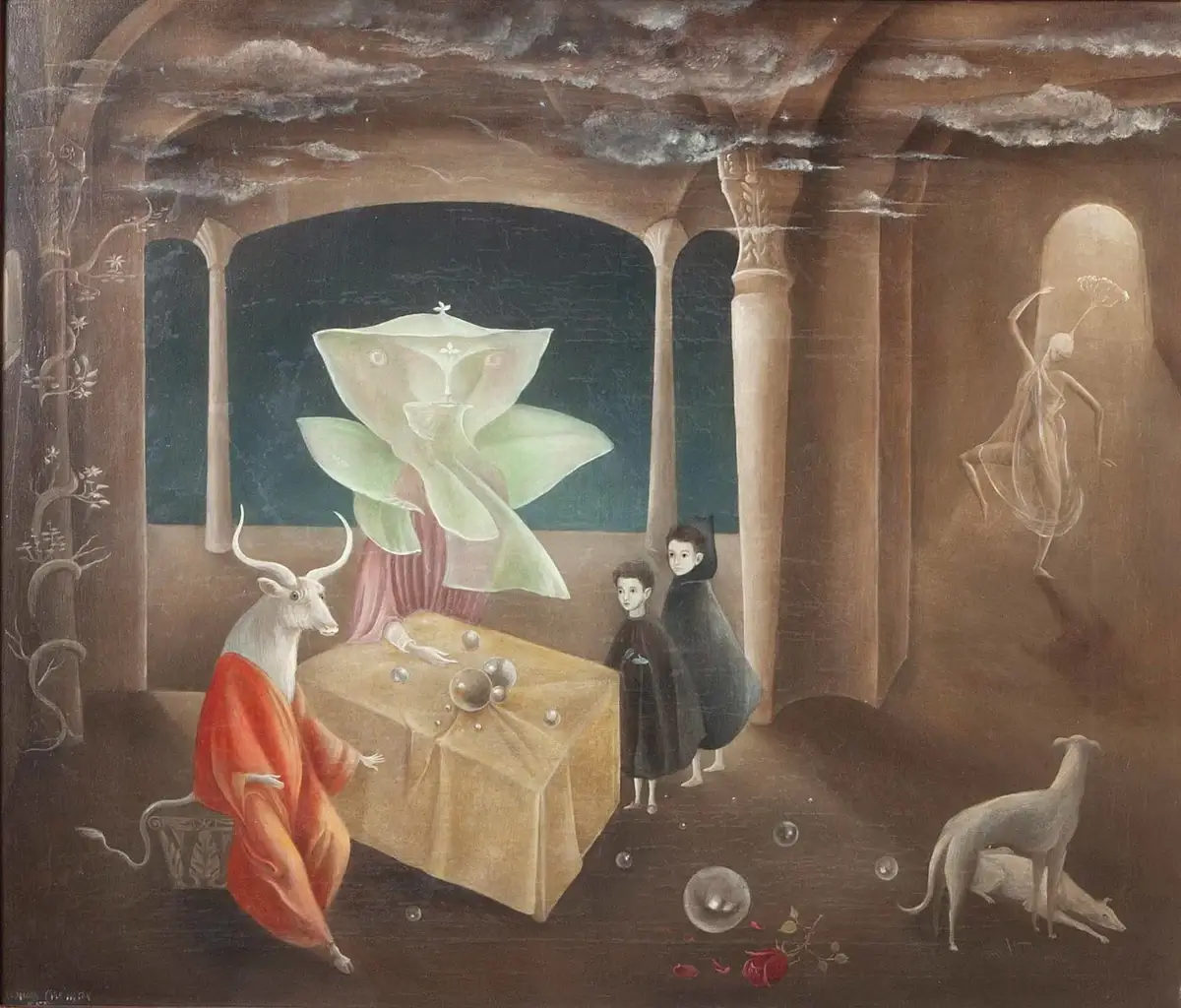
Leonora Carrington, “Daughter of the Minotaur”, 1953. Image: arthive.com
Life in Mexico and Contribution to Women’s Liberation
Carrington’s life took a significant turn when she moved to Mexico in 1942. In Mexico, she found a community that embraced her work and collaborated with other Surrealists, including Remedios Varo. Her art during this period became even more imbued with symbolism, mythology, and feminine iconography. Carrington also became actively involved in the women’s liberation movement in Mexico, co-founding the Mexican women’s liberation movement in 1972. Her political activism was recognized, and she was honored with the United Nations Women’s Caucus for Art Lifetime Achievement Award in 1986.
Legacy and Recognition
Carrington continued to be productive in her later years, turning to bronze sculptures alongside her paintings and prints. She passed away on May 25, 2011, in Mexico City, leaving behind a rich legacy as a pioneering Surrealist and feminist artist. Her work, marked by a unique blend of personal symbolism and visionary artistic approach, continues to inspire and influence artists today.
8. Carlos Mérida: Integrating Indigenous Themes into Modern Art
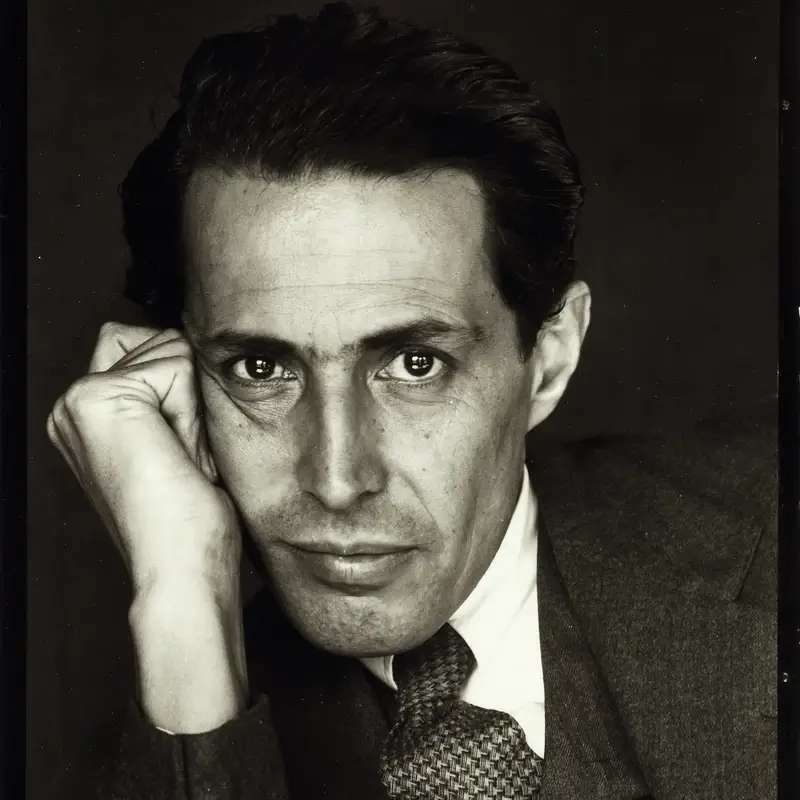
Carlos Mérida, born on December 2, 1891, in Guatemala City, Guatemala, emerged as a pivotal figure in integrating Latin American culture, especially indigenous themes, with European modern painting. Of Spanish and Kʼicheʼ Maya heritage, Mérida’s work represents a unique blend of his cultural roots with the influences he absorbed during his time in Europe.
Early Influences and European Sojourn
Mérida’s artistic journey began with music, but after experiencing hearing loss, he shifted his focus to painting. His exposure to European avant-garde art was profound during his stay in Paris from 1910 to 1914, where he interacted with luminaries such as Pablo Picasso and Amedeo Modigliani. This period was crucial in shaping his artistic vision.
Return to Latin America and Artistic Evolution
After returning to Guatemala in 1914 and witnessing the richness of his native folklore, Mérida’s work began to take on a new dimension. His move to Mexico in 1919, coinciding with the end of the Mexican Revolution, marked the beginning of his deep involvement in the nation’s artistic renaissance. Working alongside Diego Rivera and other Mexican muralists, Mérida’s early work was politically oriented and figurative.
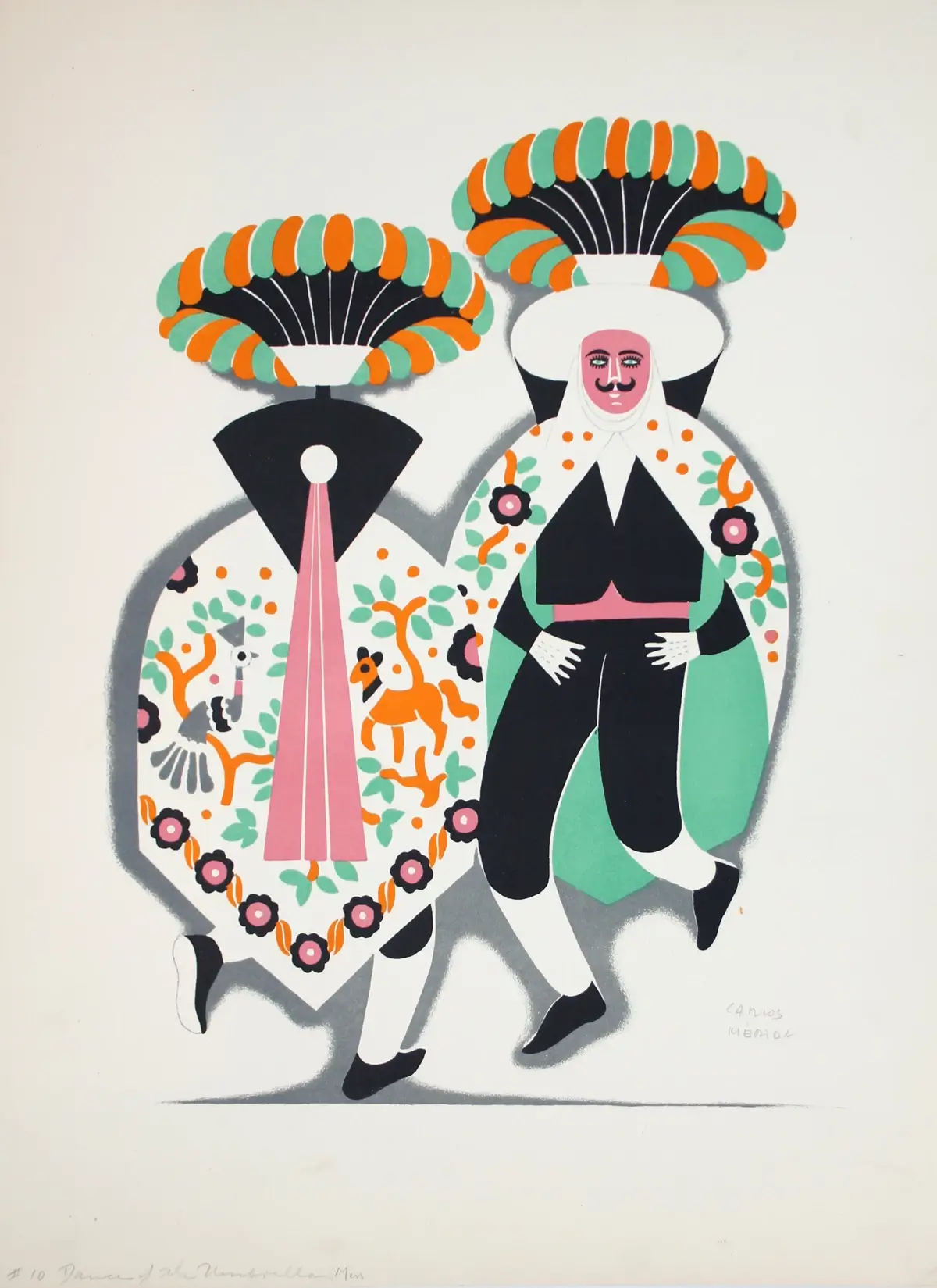
Carlos Mérida, “Dances of Mexico”, 1939. Image: arthive.com
Development of a Unique Abstract Style
Over time, Mérida’s art evolved to a distinctive abstract style, characterized by geometric figures and forms. This transition began following his second European trip in 1927, leading to a less representational approach in his work. Mérida effectively combined elements of Surrealism, Muralism, Cubism, and European Modernism with motifs from pre-Columbian Mayan culture. His integration of colorful organic and geometric representations in various media, including watercolor, oil, gouache, and pencil, made his work stand out.
Recognition and Legacy
Carlos Mérida’s contribution to art was not just limited to his innovative fusion of styles. He was a prolific artist with exhibitions across the United States and Mexico. Mérida’s work in education, especially in founding the dance school of the Secretariat of Public Education, and his designs for dance stage sets and costumes, showcase his multidisciplinary approach to art. Mérida passed away on December 22, 1984, in Mexico City, leaving behind a rich legacy that continues to inspire artists and art enthusiasts worldwide.
9. Gerardo Murillo (Dr. Atl): Volcanoes and Natural Landscapes
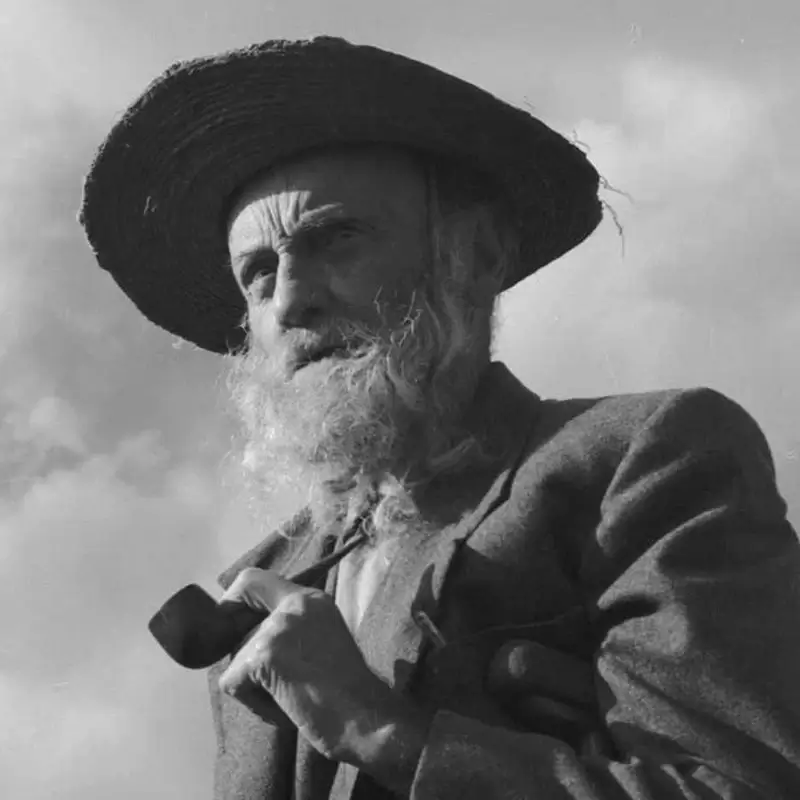
Gerardo Murillo, more famously known as Dr. Atl, born on October 3, 1875, in Guadalajara, Mexico, was a revolutionary figure in Mexican art, known for his dynamic depictions of landscapes, particularly volcanoes. His pseudonym, Dr. Atl, meaning “water” in Náhuatl, reflects his deep connection with his Mexican heritage and his interest in natural elements.
Artistic Journey and Nationalism
Educated in Mexico City, Rome, and Peru, Dr. Atl was an integral part of the Mexican movement for artistic nationalism. He founded the journal Action d’Art in Paris in 1913 and later returned to Mexico, where he became a prominent figure in the country’s muralist movement. His work during this time was characterized by a passion for Mexican indigenous culture and a desire to develop a modern artistic style deeply rooted in Mexican identity.
Focus on Volcanoes and Natural Scenery
Dr. Atl’s most celebrated works are his paintings of Mexican volcanoes, which he created using a technique he developed known as “Atl colors.” These works are notable for their vibrant intensity and dynamic representation of the natural world. His fascination with volcanoes wasn’t merely artistic; it extended into a genuine interest in volcanology. This passion for depicting nature’s power and beauty made him a unique figure in Mexican art.
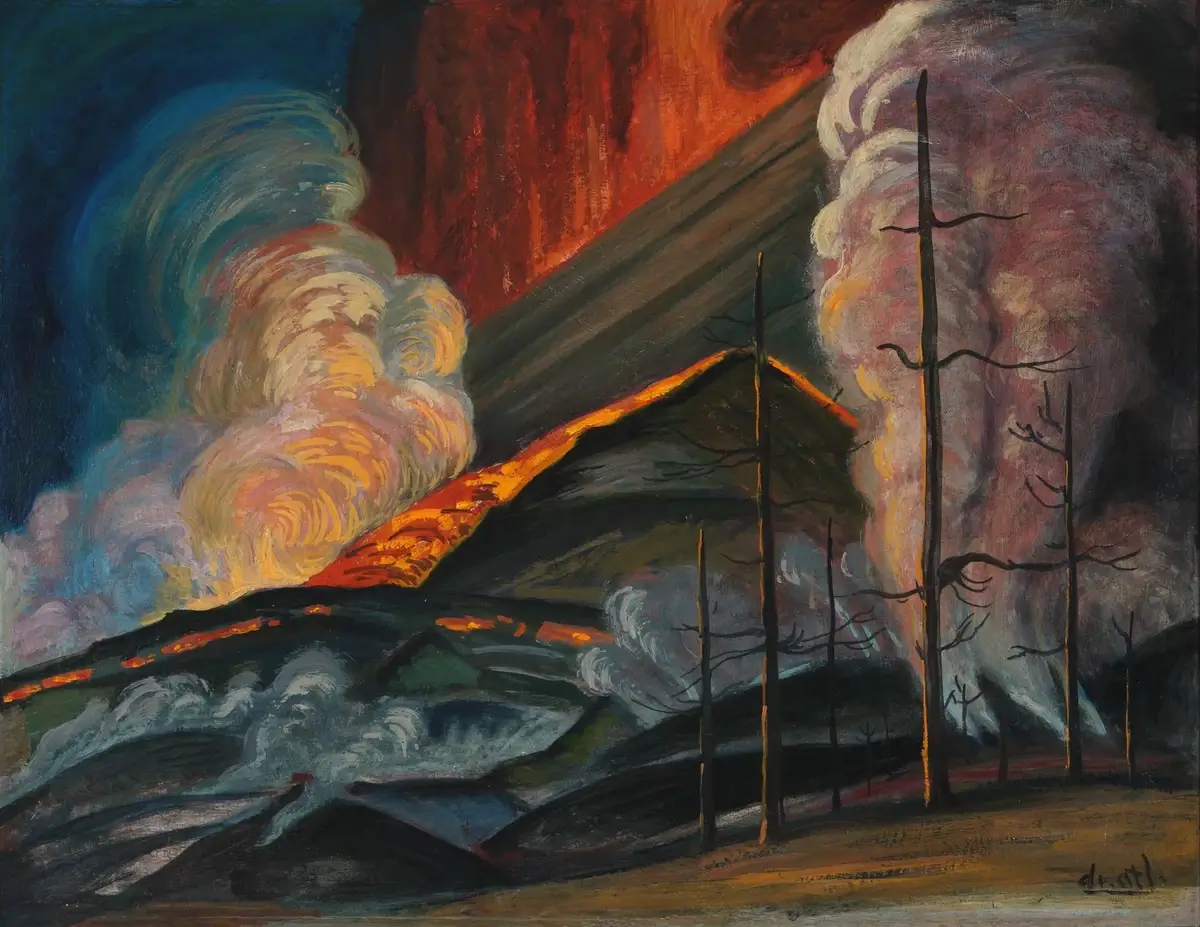
Gerardo Murillo, “Paricutín Volcano”. Image: artsandculture.google.com
Legacy and Awards
Throughout his life, Dr. Atl received several accolades for his contributions to art and literature, including the Belisario Domínguez Medal of Honor in 1956 and the National Arts Award in 1958. He remained an influential figure in Mexican art until his death on August 15, 1964, in Mexico City. Dr. Atl’s work continues to be celebrated for its vibrant portrayal of the Mexican landscape and its powerful expression of national identity.
10. Miguel Cabrera: Prolific Painter of the Colonial Era
Miguel Cabrera, born in 1695 in what is now Oaxaca, Mexico, is revered as one of the greatest painters of the Viceroyalty of New Spain. Moving to Mexico City in 1719, Cabrera became a prominent figure in the art world, particularly recognized for his religious works.
Contributions to Religious Imagery
Cabrera was known for his detailed and insightful analysis of the icon of Our Lady of Guadalupe in his work “Maravilla Americana.” He suggested that the image was crafted using various techniques, combining oil paint, egg tempera, and gouache. His interpretation contributed significantly to the understanding of this iconic image. Cabrera’s involvement in this analysis was part of his broader aim to elevate the status of painters.
Founding the Second Academy of Painting
In 1753, Cabrera founded the second Academy of Painting in Mexico City and became its director, playing a crucial role in shaping the artistic landscape of the region. He trained and influenced a generation of artists, leaving a lasting impact on Mexican art.
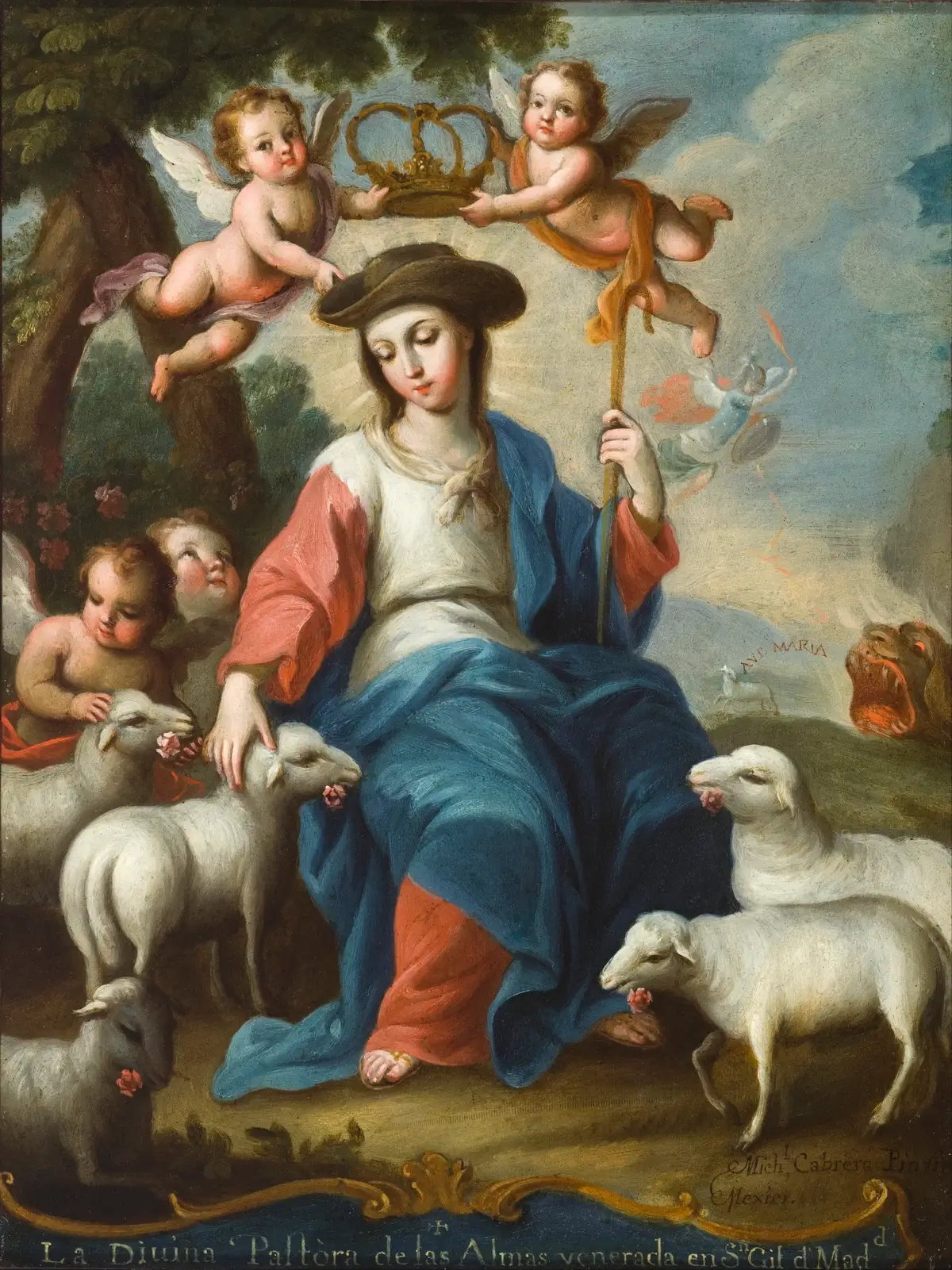
Miguel Cabrera, “The Divine Shepherdess”, 1760. Image: Wikimedia Commons
Renowned Casta Paintings
Cabrera is also celebrated for his “casta” paintings, which depict and classify racial mixing in Mexico’s colonial society. These paintings are significant for their portrayal of the diverse society of that era. One of his casta paintings, long thought lost, was acquired by the Los Angeles County Museum of Art, indicating the lasting importance of his work.
Legacy and Recognition
Cabrera’s artistry was not confined to religious subjects; he also produced secular art and portraits. His posthumous portrait of Sor Juana Inés de la Cruz is particularly famous. His remains are interred at the Church of Santa Inés in Mexico City, and he is remembered as a pivotal figure in colonial art, whose influence and mastery are still recognized centuries later.
11. Francisco Toledo: Innovative Indigenous Artistry
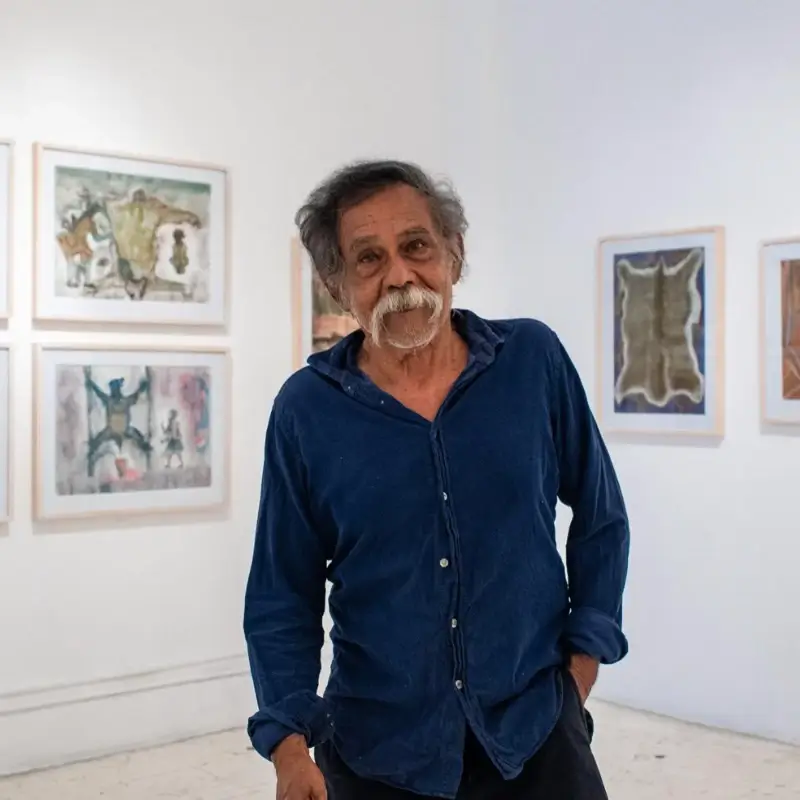
Francisco Toledo, born in 1940 in Juchitán, Oaxaca, Mexico, stands as a towering figure in modern Mexican art, revered for his diverse and deeply cultural artworks. As one of seven children of a shoemaker turned sugar merchant, Toledo’s journey into the art world was marked by his early studies at the Escuela de Bellas Artes in Oaxaca and his move to Mexico City at 17 to study printmaking.
Parisian Influence and Return to Indigenous Roots
Toledo’s artistry blossomed further during his stay in Paris in the 1960s, where he immersed himself in the Parisian art scene. However, a deep sense of nostalgia for his homeland drove him back to Mexico, where he began to draw heavily on the myths and culture of his Indigenous Zapotec heritage. The Zapotecs were a pre-Columbian civilization known for their sophisticated culture and writing system.
A Multifaceted Artist and Cultural Philanthropist
Toledo’s work spans across various mediums, including painting, printmaking, sculpture, and even tapestry weaving. His social and cultural activism was as profound as his art. He was instrumental in founding several cultural institutions in Oaxaca, such as the Oaxaca Museum of Contemporary Art and the Graphic Arts Institute of Oaxaca. His efforts significantly impacted the preservation and promotion of Oaxacan culture and heritage.
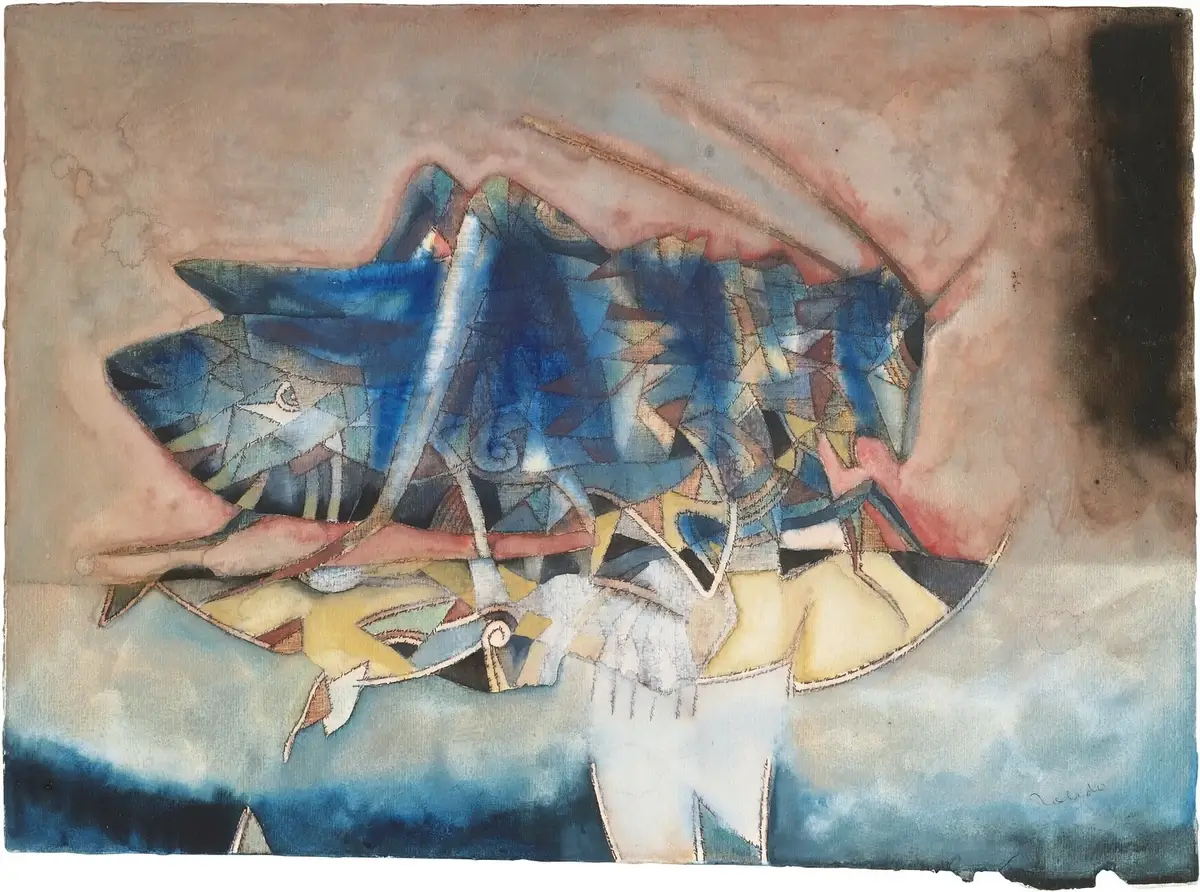
Francisco Toledo, “CHAPULÍN AZUL”, 1970. Image: mutualart.com
International Recognition and Legacy
Francisco Toledo’s art has been recognized worldwide, including a feature at the Venice Biennale in 1997 and significant exhibitions at the Whitechapel Gallery in London and the Reina Sofia Museum in Madrid in 2000. His artistic contributions were further honored in 2017 with the publication of a comprehensive four-volume catalogue by Fondo Cultural Banamex, documenting his artworks across various collections globally.
The Maestro’s Passing and Continuing Influence
Affectionately known as “El Maestro” in Mexico, Toledo’s passing in September 2019 at the age of 79 was a significant loss to the art world. His life and work continue to inspire, and his influence extends beyond his artistic achievements, embodying the spirit of cultural conservation and social activism.
12. María Izquierdo: Trailblazer for Women in Mexican Art
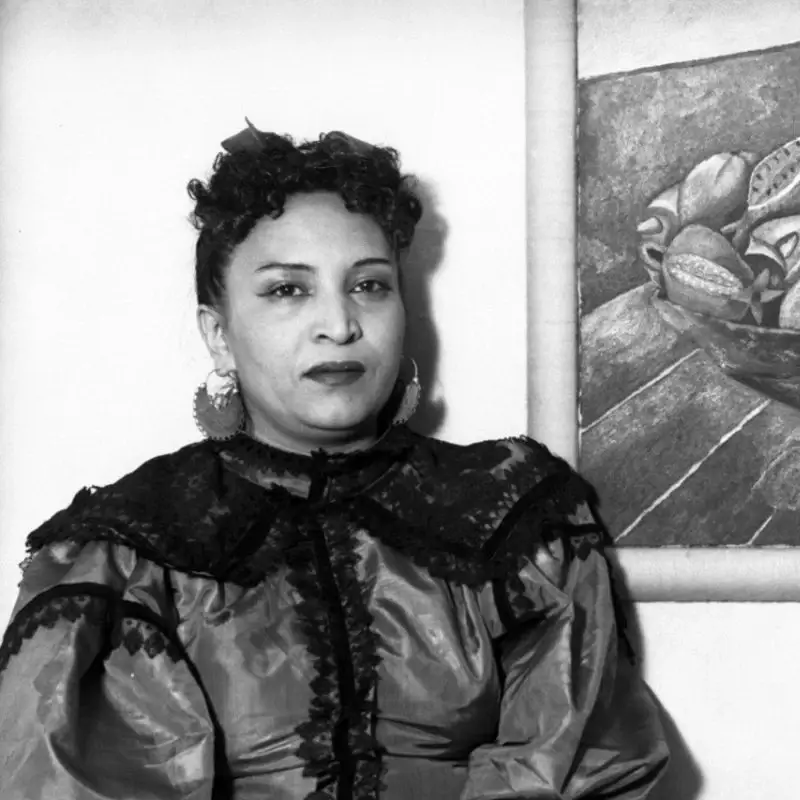
María Izquierdo, born on October 30, 1902, in San Juan de los Lagos, Jalisco, emerged as a pioneering female artist in the 20th-century Mexican art scene. Her journey into art began when she entered the Academy of San Carlos in 1928, where she studied under influential teachers like Germán Gedovius and Manuel Toussaint. However, Izquierdo’s independent spirit soon led her to part ways with the Academy, seeking to portray more authentic scenes of Mexican life.
Unique Artistic Style and International Recognition
Influenced by Rufino Tamayo, with whom she shared a significant period of her life, Izquierdo combined European avant-garde art with elements of Mexican culture, creating a unique style. Her first solo exhibition at the Modern Art Gallery in Mexico City in 1929, followed by a show at the New York Art Center in 1930, marked her as the first Mexican woman to exhibit in the United States. Her work was also displayed in Japan, France, India, and Chile, showcasing a variety of surrealistic paintings that captured her unique ideas and the natural spontaneity of Mexican culture.

María Izquierdo, “Maternité”, 1944. Image: awarewomenartists.com
Advocacy for Women’s Rights and Personal Struggles
Izquierdo was a vocal critic of the misogyny prevalent in the art world of her time, advocating for women to be recognized as vital contributors to society and art. Her life was marked by personal struggles, including a hemiplegic attack in 1945 that left her partially paralyzed. Despite these challenges and being overshadowed by contemporaries like Frida Kahlo, Izquierdo never ceased to paint, continuing to express her profound connection with Mexican traditions and culture.
Legacy and Rediscovery
María Izquierdo’s art, often overshadowed during her lifetime, was rediscovered in the 1970s and has since gained international recognition. Her contributions to Mexican modernism and her role as a trailblazer for women in art are now celebrated, with her works exhibited worldwide. Izquierdo’s legacy continues to inspire, highlighting her incomparable talent and the importance of her contributions to the art world.
13. Alfredo Ramos Martínez: Father of Mexican Modernism
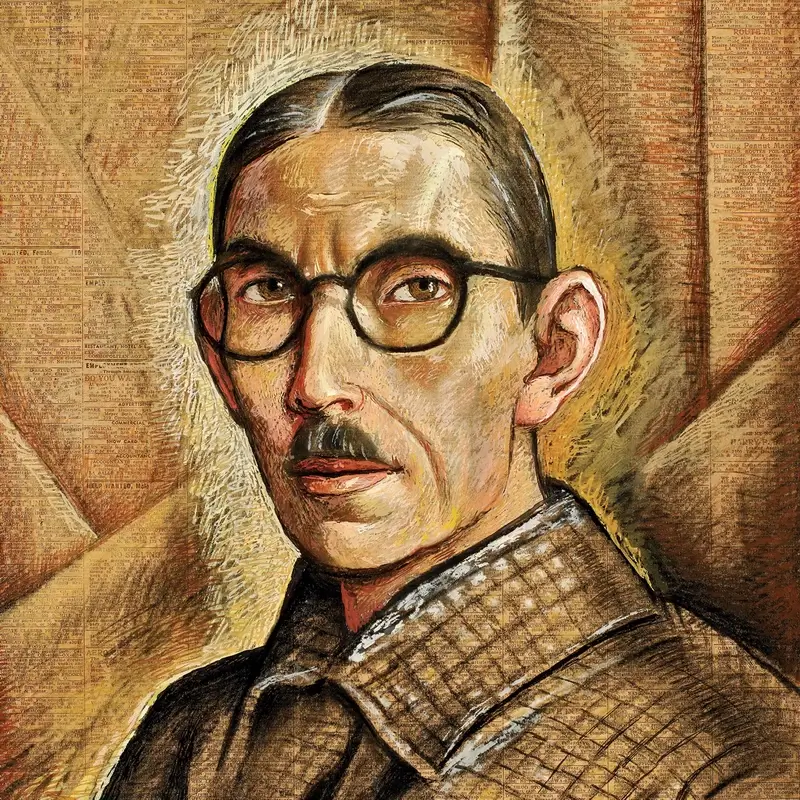
Alfredo Ramos Martínez, born on November 12, 1871, in Monterrey, Mexico, is often celebrated as the “Father of Mexican Modernism.” His journey as an artist took him from Mexico to Europe and later to the United States, where he left an indelible mark on the world of art. His unique style combined the influences of European modernism with elements of Mexican culture and tradition.
Parisian Influences and Return to Mexico
Ramos Martínez’s artistic pursuits led him to Paris in the early 20th century, where he was deeply influenced by the works of Rembrandt and Van Gogh. His time in Europe, particularly in Paris and Brittany, was pivotal in shaping his artistic style. However, the Mexican Revolution drew him back to his homeland. Upon his return in 1910, he became a significant figure in Mexico’s art scene, advocating for a modern approach to Mexican art. He was appointed as the director of the Escuela Nacional de Bellas Artes in Mexico City, where he founded the nation’s first open-air schools of painting. These schools encouraged students to create art that reflected everyday life, a significant shift from traditional academic art education.

Alfredo Ramos Martínez, “Women with Flowers”, 1932. Image: Wikimedia Commons
Contributions and Legacy
In California, where he relocated in 1929, Ramos Martínez continued to depict the people and culture of Mexico through his art. His works often featured indigenous traditions, local crafts, and religious icons, characterized by earthy tones and vibrant color highlights. Some of his most iconic works were created on paper, notably on newspapers, a medium he used to striking effect. These works displayed a masterful combination of gouache, charcoal, Conté crayon, and watercolor, creating a unique visual language that simplified forms to their essence.
Alfredo Ramos Martínez’s legacy lies in his innovative approach to art and education, bridging cultural gaps and redefining artistic expression. He is remembered for his contribution to modernizing Mexican art and his influence on subsequent generations of artists.
14. Roberto Montenegro: Folklore and Tradition in Visual Arts
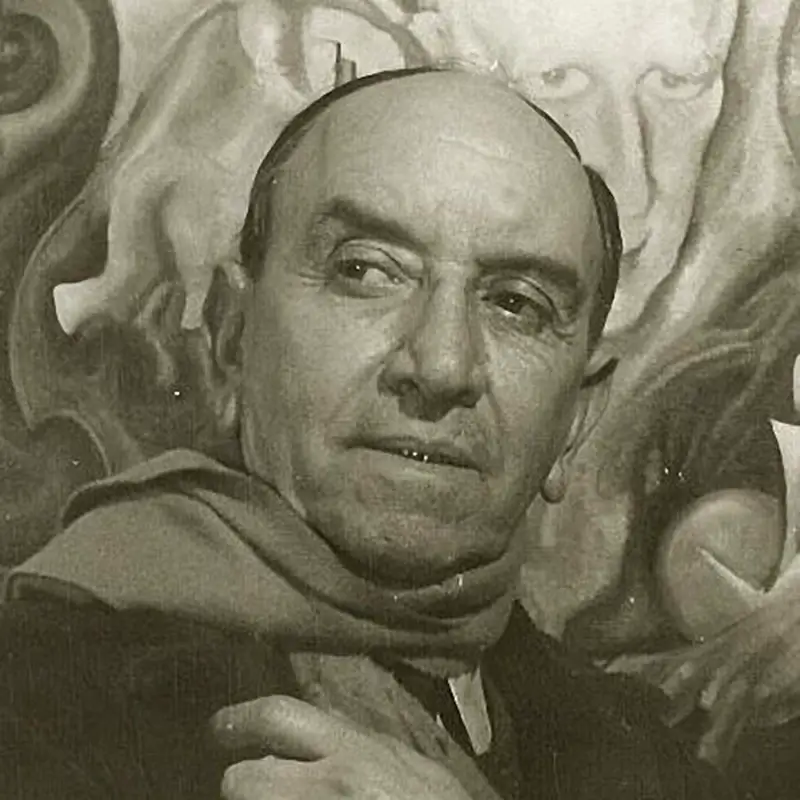
Roberto Montenegro, born on February 19, 1885, in Guadalajara, Mexico, was a distinguished painter, muralist, and illustrator, known for his unique contribution to the Mexican muralism movement. His work significantly integrated Mexican folklore and traditional elements, making him a notable figure in the cultural renaissance following the Mexican Revolution.
Early Career and European Influence
Montenegro’s artistic journey began in Guadalajara and later, in Mexico City, where he studied at the Academy of San Carlos. His early career was marked by a European sojourn, where he immersed himself in various art movements like Symbolism, Art Nouveau, and Cubism. Influences from artists such as Aubrey Beardsley and William Blake are evident in his works, along with a deep connection to Mexican folk art, especially the textiles and religious artifacts of southern Mexico.
Murals and Promotion of Mexican Folk Art
Upon returning to Mexico in 1919, Montenegro became deeply involved in the cultural initiatives of the post-Revolutionary administration. He was among the early participants in the Mexican muralism movement, recruited by the Secretary of Education José Vasconcelos. His murals, such as those in the former San Pedro and San Pablo monastery, are celebrated for their incorporation of Mexican folk culture. Montenegro also played a significant role in promoting Mexican handcrafts and folk art, which he greatly appreciated through his travels across Mexico.
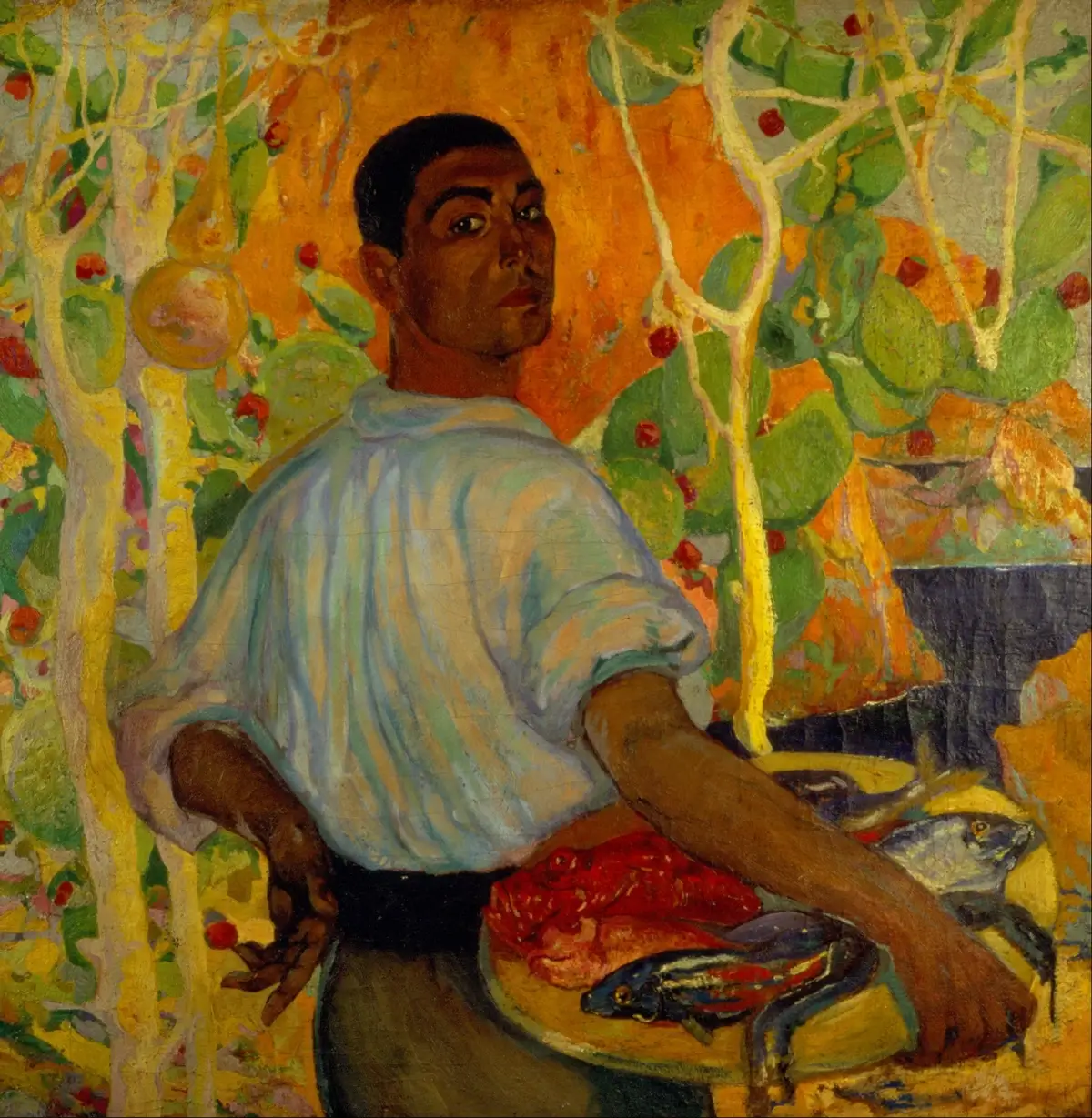
Roberto Montenegro, “Majorcan Fisherman”, 1915. Image: Wikimedia Commons
Later Works and Legacy
Despite his early involvement in muralism, Montenegro’s work did not possess the dramatic flair of contemporaries like Diego Rivera and David Alfaro Siqueiros, leading to a decrease in his prominence in the movement. However, his contributions to illustration, portrait painting, and the promotion of Mexican handcrafts and folk art remain significant. His depiction of indigenous civilizations and customs, especially the Tehuana women and their traditional attire, showcases his dedication to capturing the essence of Mexican culture.
Montenegro passed away on October 13, 1968, in Mexico City, leaving behind a rich legacy that continues to influence Mexican art and culture.
15. Felipe Santiago Gutiérrez: A Pioneer in Mexican Romanticism
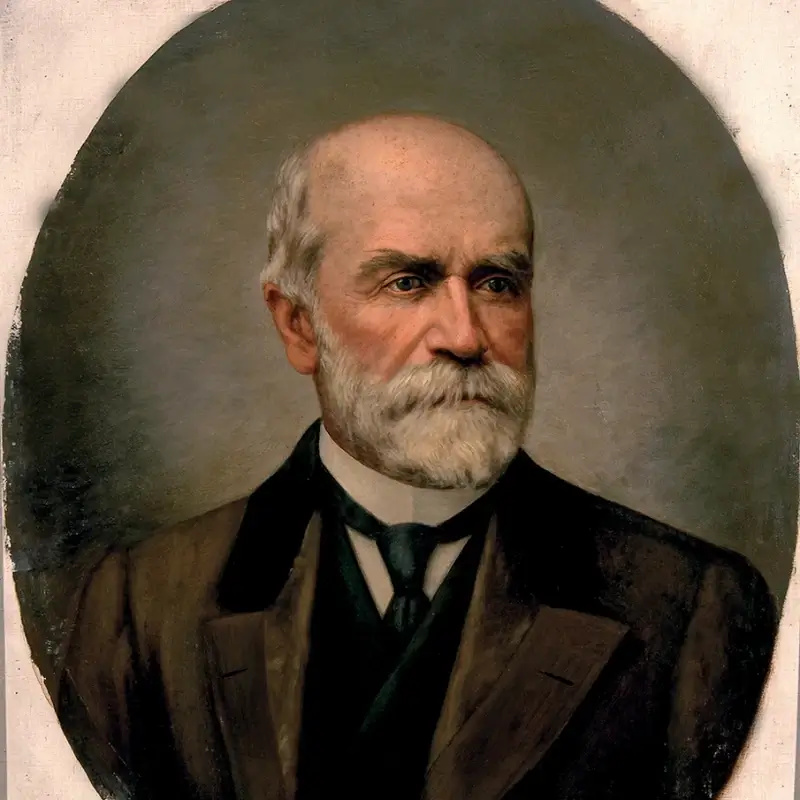
Felipe Santiago Gutiérrez, born on May 20, 1824, in Texcoco, Mexico, is celebrated for his significant contributions to Mexican Romanticism. His works, particularly his portraits, reflect an in-depth understanding and portrayal of Mexican life and culture. Gutiérrez was an academically trained artist who not only excelled in painting but also contributed to art literature, penning one of the first artistic treatises by a Mexican artist.
Journey and Artistic Development
Gutiérrez’s artistic journey began at the Academia de San Carlos in Mexico City, where he studied under Pelegrí Clavé. His travels to the United States and various European countries, including Rome, Paris, and Madrid, greatly influenced his style. He eventually moved to Colombia for twenty years, where he left a significant mark on the art scene.
Championing Everyday Life and Cultural Roots
One of Gutiérrez’s notable works, “La despedida del joven indio” (The Young Indian’s Farewell), exemplifies costumbrismo—a genre focused on depicting local customs and everyday life. This particular painting portrays a touching scene of a young Amerindian boy bidding farewell to his family, presumably to seek education and a career in the city. The painting vividly depicts traditional clothing and cultural elements, emphasizing the importance of familial bonds and cultural roots in Mexican society.
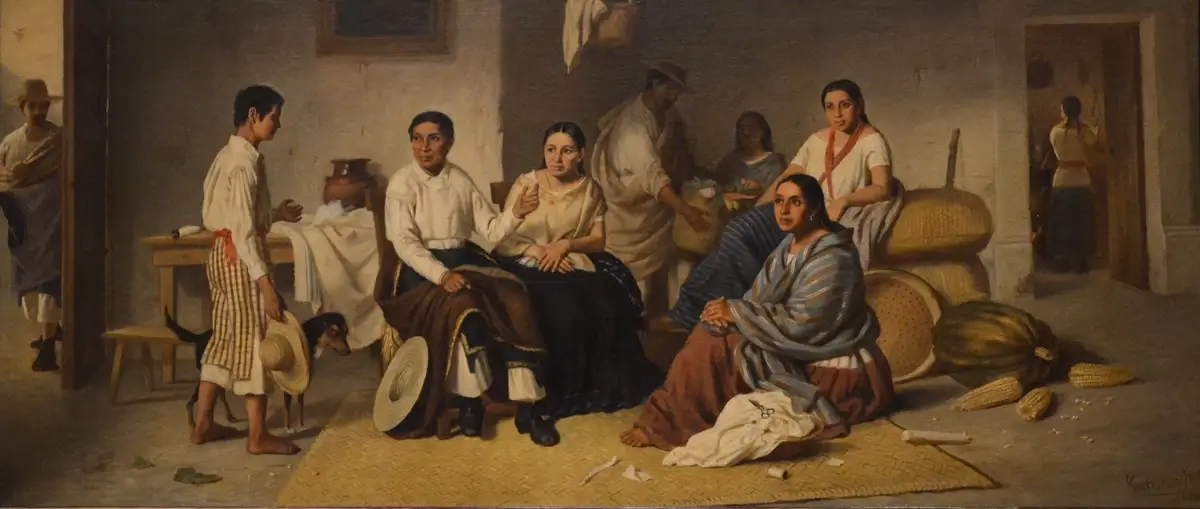
Felipe Santiago Gutiérrez, “La despedida del joven indio”, 1876. Image: khanacademy.org
Legacy and Recognition
Gutiérrez’s contributions go beyond his paintings. His advocacy for costumbrismo in his writings and the unique blend of neoclassical style with Mexican elements in his art mark him as a pivotal figure in the development of Mexican Romanticism. His legacy continues to be celebrated in Mexico and Colombia, with his works featured in various museums, including the Museo Felipe Santiago Gutiérrez in Toluca, which houses a significant collection of his works.
FAQ
Who is the most famous Mexican artist?
The most famous Mexican artist is often considered to be Diego Rivera. He was a prominent muralist and a key figure in the Mexican muralism movement. His large wall works in fresco helped establish the Mexican Mural Renaissance with their social and political messages.
Who is the famous Mexican female painter?
The most renowned Mexican female painter is Frida Kahlo. Known for her many portraits, self-portraits, and works inspired by the nature and artifacts of Mexico, her paintings often had strong autobiographical elements and mixed realism with fantasy.
Who was similar to Frida Kahlo in Mexican art?
Remedios Varo can be considered similar to Frida Kahlo in the context of Mexican art. Like Kahlo, Varo was also deeply involved in depicting personal mythology and dream-like imagery within her works. Both artists shared a surrealistic approach, though each had a unique style.
Who is the top artist in Mexico right now?
Identifying the top artist in Mexico currently is challenging as the art scene is diverse and constantly evolving. However, artists like Gabriel Orozco and Abraham Cruzvillegas are often noted for their significant contributions to contemporary art in Mexico.
Who is the father of Mexican art?
Dr. Atl (Gerardo Murillo) is often referred to as the father of modern Mexican art. His work and influence in the early 20th century helped pave the way for the Mexican muralism movement and influenced many other Mexican artists, including Diego Rivera.






